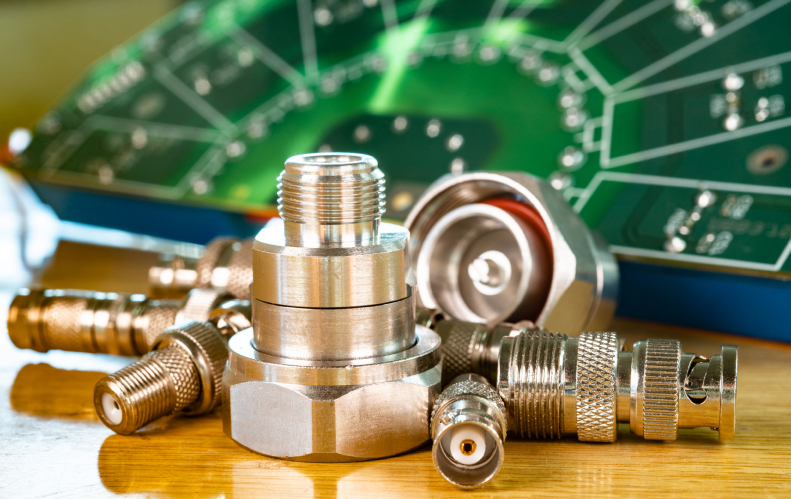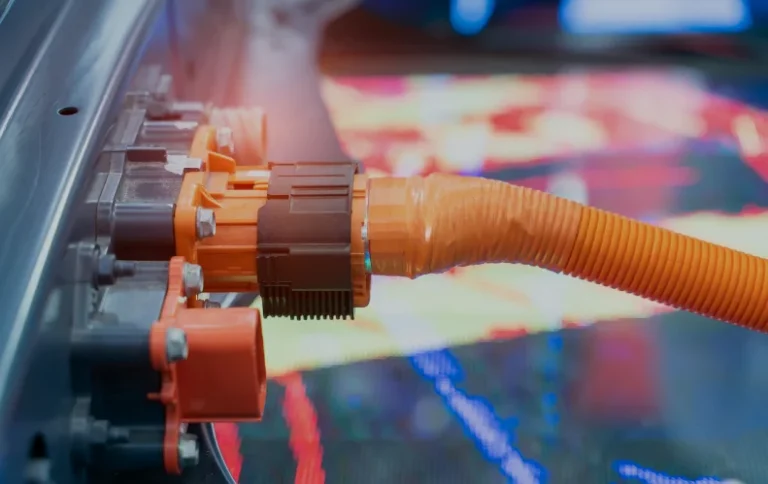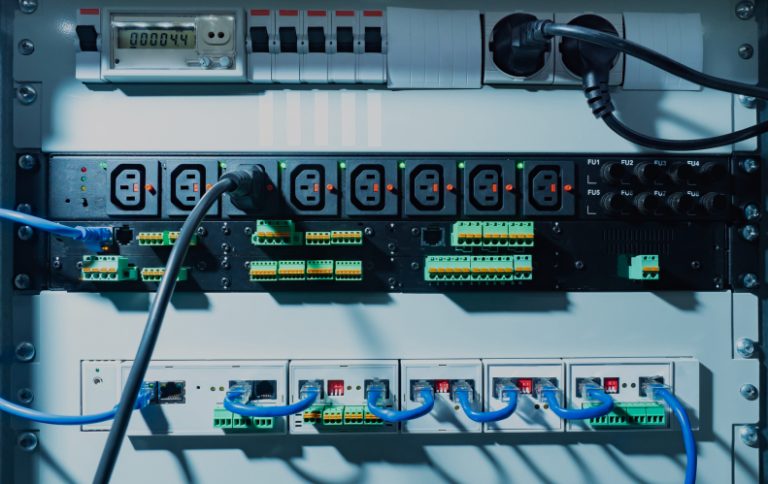In the ever-evolving world of radio frequency (RF) technology, RF connectors serve as the backbone of signal transmission, ensuring minimal loss, high efficiency, and reduced interference. Whether used in 5G networks, satellite communications, aerospace systems, or industrial equipment, selecting the right RF connector is crucial for maintaining signal integrity and enhancing system performance.
High-frequency applications often involve coaxial cables, jumper cables, and RF combiners, and the performance of these components heavily relies on the quality and compatibility of RF connectors. By understanding the different types of RF connectors, their design, function, and impact on performance, industries can optimize transmission quality and prevent costly failures.

Understanding RF Connectors in High-Frequency Applications
What Is an RF Connector?
An RF connector is a specialized electrical connector designed to connect coaxial cables and jumper cables to RF devices such as antennas, RF combiners, and transmitters. Its primary function is to maintain a continuous transmission path while minimizing signal reflection and loss.
Key Functions of RF Connectors
Signal Transmission: Facilitates the flow of RF signals between devices.
Impedance Matching: Ensures the impedance of the connector matches the coaxial cable (typically 50Ω or 75Ω) to prevent signal reflection.
Shielding Against Interference: Protects against electromagnetic interference (EMI) and radio frequency interference (RFI).
Durability and Stability: Provides a secure mechanical connection to prevent signal degradation due to vibration or movement.
Key RF Connector Types and Their Applications
| RF Connector Type | Frequency Range | Applications | Advantages |
| SMA (SubMiniature Version A) | Up to 18 GHz | 5G, IoT, GPS | Compact, low-loss, high-frequency performance |
| N-Type | Up to 11 GHz | Wireless networks, base stations | Weatherproof, durable |
| BNC (Bayonet Neill-Concelman) | Up to 4 GHz | Broadcasting, test equipment | Quick connect/disconnect |
| TNC (Threaded Neill-Concelman) | Up to 12 GHz | Aerospace, radar systems | Secure connection, low noise |
| MCX/MMCX | Up to 6 GHz | Mobile devices, drones | Miniature, lightweight |
Common Applications of RF Connectors:
Telecommunications Infrastructure (5G, LTE, Wi-Fi networks)
In telecommunications systems, RF connectors are essential for high-frequency signal transmission and minimal interference. SMA connectors are widely used in 5G small cells and IoT devices, while N-type connectors are preferred for macro cell towers and outdoor RF combiners due to their durability and weatherproof design. BNC connectors are commonly used for network testing and diagnostics, while MCX and MMCX connectors are ideal for compact Wi-Fi equipment.
Military and Aerospace Communication Systems
In military and aerospace applications, RF connectors are crucial for secure communication, radar systems, and electronic warfare equipment. TNC connectors are preferred for low-noise and high-stability radar systems, while SMA and N-type connectors are used in satellite communication and ground control stations. Hermetically sealed RF connectors are essential for high-altitude avionics, ensuring signal integrity in extreme environments.
Broadcasting and Satellite Communications
In the broadcasting industry, RF connectors enable seamless audio and video transmission over long distances, while in satellite communications, they maintain signal integrity between ground stations and satellites. BNC connectors are common in video production and television studios, while F-type connectors are used for cable TV and satellite dishes. N-type and SMA connectors are ideal for high-power transmission in satellite uplink and downlink stations.
Medical Devices and Industrial Equipment
In medical imaging devices and industrial automation systems, RF connectors play a vital role in accurate signal transmission and data acquisition. SMA and MCX connectors are often found in MRI machines and ultrasound systems, while BNC connectors are used in diagnostic instruments and laboratory equipment. For industrial sensors and RF testing devices, N-type connectors provide low signal loss and high durability.
How RF Connectors Affect Signal Performance?
Minimizing Signal Loss with the Right RF Connector
In high-frequency environments, signal loss (attenuation) and reflection (VSWR) are major challenges. A poor-quality RF connector can introduce impedance mismatches, leading to power loss and interference. High-performance RF connectors from Petracarbon are designed to minimize these issues by providing:
Low insertion loss
Excellent return loss characteristics
Proper shielding against EMI and RFI
Connector Material and Plating Impact Performance
The material and plating used in RF connectors significantly affect performance. For example:
Gold plating provides excellent conductivity and corrosion resistance.
Nickel plating offers durability but can increase signal loss.
Silver plating provides the best conductivity but is prone to tarnishing.
Environmental Factors and RF Performance
In outdoor environments, such as base stations and satellite installations, N-type connectors are preferred due to their weatherproof design and high resistance to moisture and corrosion.
RF Connectors, Coaxial Cables, and RF Combiners: A Perfect Trio
How RF Connectors and Coaxial Cables Work Together?
Coaxial cables serve as the primary medium for RF signal transmission, but improper connector selection can lead to signal leakage and high attenuation. High-quality RF connectors, like those provided by Petracarbon, are essential for:
Maintaining consistent impedance matching (50Ω or 75Ω).
Reducing signal reflection and insertion loss.
Protecting against external interference.
The Role of RF Combiners in Multi-Signal Systems
An RF combiner merges signals from multiple sources into one output. However, incompatible RF connectors can disrupt the combining process, leading to signal distortion and power loss. Proper RF connectors ensure:
Stable signal transmission
Reduced noise and interference
Enhanced overall system efficiency
Best Practices for RF Connector Installation and Maintenance
| Step | Best Practice |
| Connector Selection | Choose the right type based on frequency range and environment. |
| Proper Installation | Ensure correct crimping, soldering, and torque application. |
| Regular Inspection | Check for corrosion, wear, and loose connections. |
| Cleaning and Maintenance | Use proper cleaning solutions to prevent contamination. |
| Replacement | Replace worn connectors to avoid signal degradation. |
In high-frequency applications, RF connectors play a critical role in enhancing signal performance, minimizing loss, and reducing interference. By understanding the different types of RF connectors, such as SMA, N-type, and BNC, and their compatibility with coaxial cables, jumper cables, and RF combiners, industries can achieve better signal transmission and system efficiency.
For high-quality RF products and expert solutions, visit Petracarbon. If you need assistance selecting the right RF connector for your application, contact Petracarbon today.



